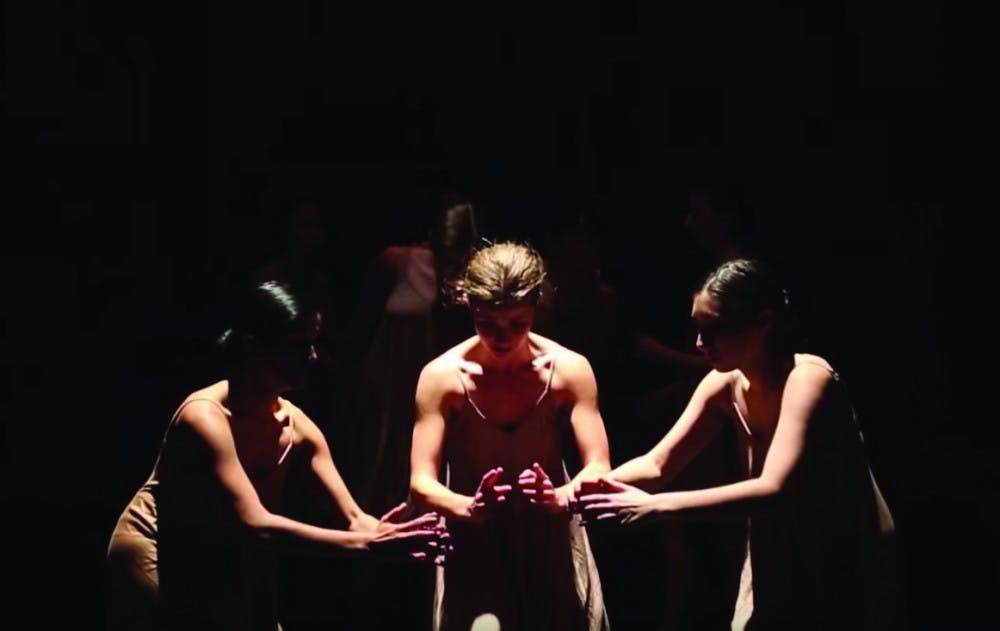To be completely honest, I never really understood art. I was that person who would stand in front of a painting, confused as to what exactly I was supposed to be seeing. Abstract art was the worst; why was Pollock so famous for splattering paint all over a canvas? Even someone as artistically inept as I was could do the same.
That was because I couldn’t relate to Pollock. I couldn’t see the splatters as marked attempts to break free from the rigidity of societal structure until I found myself wanting to do the same. It was only then that I began appreciating his work (though, granted, I still think I could splatter paint all over a canvas, but you wouldn’t see me making $32 million for that). But this is why art is so profoundly important and irreplaceable; it captures emotions in such a subjective way that touches the audience at the heart rather than the brain. One movement of a body, one stroke of a brush, or one line of a poem can be enough to speak to someone such that it represents an entire mental state.
Because of this, when art is used for the purposes of expression, its influence is magnified a thousand times. As a medium for activism, that influence is boundless. In the words of Alicia, one of the primary organizers for Art as Activism, a subsidiary event for Asian Pacific American Heritage Week, “art really resonates with everyone, regardless of culture, language, and boundaries. This allows us to raise awareness and really make change around the world.”
The event, which took place this past Wednesday (November 15th) in the Hall of Flags highlighted just how art could be used in activism. Over sushi and bubble tea, Art as Activism was a panel of speakers on how they evoke their identities and social problems through their forms of media, poetry, and literature.
The first speakers were Nicole Frazzini and Anushka Mahkija of Arts House Dance Company, a student-run dance company, specializing in contemporary dance, jazz, ballet, pointe, and hip hop. Aside from their shows and guest performances, the Company have since started an IMPACT Series, designed as concept videos with the objective of “exploring challenges impacting the community and world at large.” One video, “Matthew,” choreographed by Nick Silverio and inspired by the story of Matthew Shepherd, who was brutally murdered on account of his sexuality, focused on LGBT violence. To the voiceover of Matthew Shepherd’s father’s narrative during the trial, the dancers retell the story, drawing out through their movements reflecting what happened and the emotional impact of the event. Another video, “Reborn,” choreographed by Jennifer Li, centered on the social norms of beauty and body positivity. To Mary Lambert’s “I Know Girls (Body Love),” the dancers fall at the words “as the knife hits the skin,” and stand tall at the words “You are worth more than a waistline.” Wordlessly, the dance showcases the rollercoaster of emotions that can otherwise not be captured through merely verbal expression.
Other speakers included Carol Zou, the director of programming at the Asian Arts Initiative in Philly. Speaking on the numerous programs and workshops the initiative offered, Zou touched upon how art was a means for expression. On the current art exhibition, Hurry Up and Wait, which is a reflection of the tensions between policy and humanity, Zou says, “art humanizes policy and articulates the complexity of experiences,” meant to show the range of emotions that “make migration much more than simply a political issue.” And this is what art in activism does. It gives otherwise distant and meaningless conceptions and problems a human factor that allows for empathy and sympathy- feelings that ultimately contribute to driving change in the world.
Beyond dance and the fine arts, art can also be used as activism in film, as seen in the remaining speakers, Barry Oshiba, founder of NEXO Productions, and Imran Siddiquee, director of How to Hurt Like a Man. What is so important about art is that it’s creative. There’s no formula, nothing. As Oshiba puts it, “it’s you in the sky. You have the dirt on the ground and you have to reach for the sky. You gotta build your own ladder.” With film, the novelty is with minority representation; after all, people are tired of hearing the same stories, of which typically involve white men. For Siddiquee, film has been a way to talk about masculinity and how that intersects with race. It’s a way to show boys and men the negative impact of fragile masculinity without really using the direct words to speak about it.
At the end of the day, the power of art is in the very fact that it’s subjective. It takes feelings and captures it. In a way, art can do something linguistics, by the nature of its limits, cannot. Because of this, each piece of art, regardless of whether it entails words or sounds, speaks so much more to the human experience than anything else.







